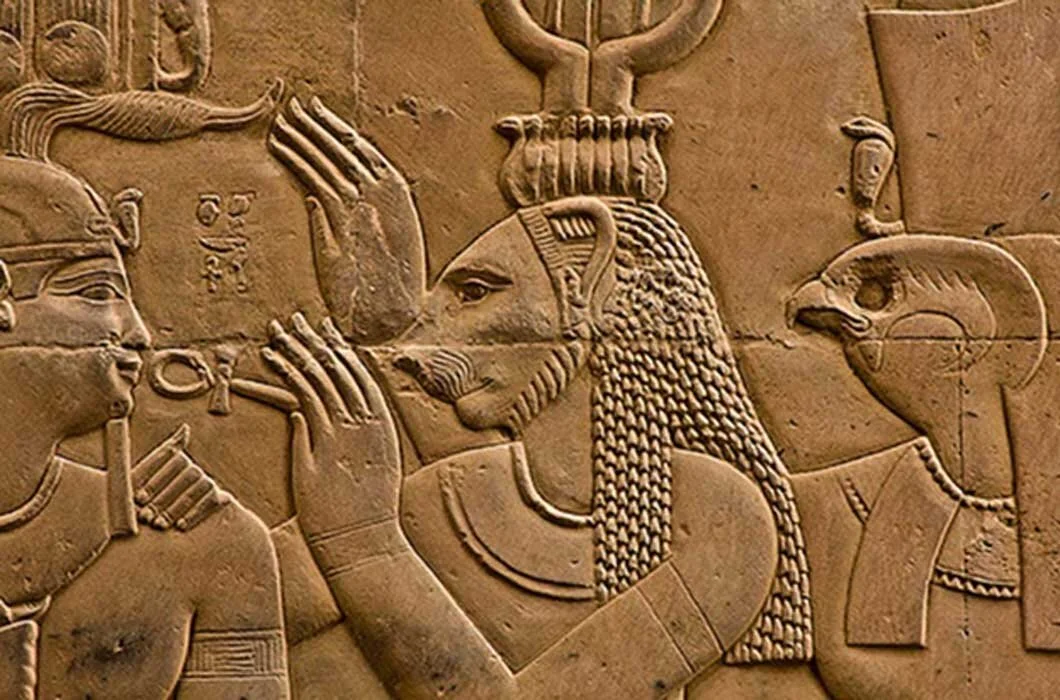7 Planets and Metals: Venus/Copper
Throughout the ages, stories with certain basic themes have recurred over and over, in widely disparate cultures; emerging like the goddess Venus from the sea of our unconscious.- Joan D. Vinge
To the world of antiquity, Venus/Copper stood as a personification of the divine feminine. Venus/Copper was the planet/element that represented aspects of feminine beauty, love, lust, artistic creativity, affection, fertility, and balanced thinking. To the alchemist of the ancient world, Venus/Copper was connected with the kidneys and thyroid. The early alchemist used an elixir called the oil of copper to heal blood pressure abnormalities, low energy, kidney problems, and thyroid abnormalities.
Venus/Copper is an essential mineral needed for a healthy body and mind. Copper is an important component in several enzymes involved in energy production, metabolism, neuropeptide activation, pigmentation, connective tissue synthesis, neurotransmitter synthesis, the immune system, and gene expression. In women there is a higher level of copper serum than in men, which shows that the element has close ties to gender. Copper is also crucial when it comes to the development of the fetus in the womb. A healthy infant has up to four times the concentration of copper when born compared to a fully grown human.
Venus/Copper is used in magic rituals and spells as well. In magic, Venus/Copper is used to promote love, sensuality, friendship, positive relationships, fruitful negations, and peace.
The original symbol for Venus/Copper comes from the Egyptian symbol of the Ankh. The Ankh is an ancient symbol representing the life force of the universe. The circle on top of the cross stands for the triumph of spirit over matter. The symbol for Venus/Copper to this day is still used as a symbol of the feminine and can be found on bathrooms all across the world.
In ancient Egypt, Sekhmet (The Mighty One) was the personification of the planet Venus/Copper. In the Egyptian Pantheon, Sekhmet was the lion-headed goddess of bloody rage, and also the protector of Kings. Sekhmet was also depicted as the Eye of Ra. Sometimes Sekhmet was considered the evening star, while her counterpart, the cat-headed goddess Bastet was considered the morning star and represented peace.
To the Sumerians, Venus/Copper was worshipped as Inanna. Inanna to the ancient Sumerians was the Queen of the Heavens and was the goddess of love and war. This meant that in their culture she presided over both birth and death. In later years, Inanna became Ishtar to the Akkadians and Babylonians. In the mythology of Inanna’s Descent into the Underworld, she is killed there and reborn on third day, returning to heaven. This symbolized the Venus/Copper cycle during the spring equinox.
Venus was the most important planet to the Mayans. Their name for Venus was Chac Ek or Noh Ek the greater star. The movement of this planet was so important to the Mayans that they planned wars and important events around its cycle.
In ancient Rome, Venus was the goddess of love and beauty. She was also the goddess of sacred prostitution. The Romans also called Venus the morning and evening star. It is from the Romans that we get the word Lucifer, which means “light bringer” in Latin. The Romans had two names for Venus - Lucifer the morning star and Vesper the evening star.
To the alchemist, Venus/Copper represents the love and compassion needed to become a well-rounded individual. It is the balanced psychological energy of Venus/Copper that allows the alchemist to evaluate experiences through one’s inner eye and bring those powerful insights into conscience awareness. Through the potent energy of Venus/Copper, the alchemist will refine their psychic abilities and gain intimate knowledge of their sexuality, as well as of the plant kingdom.

